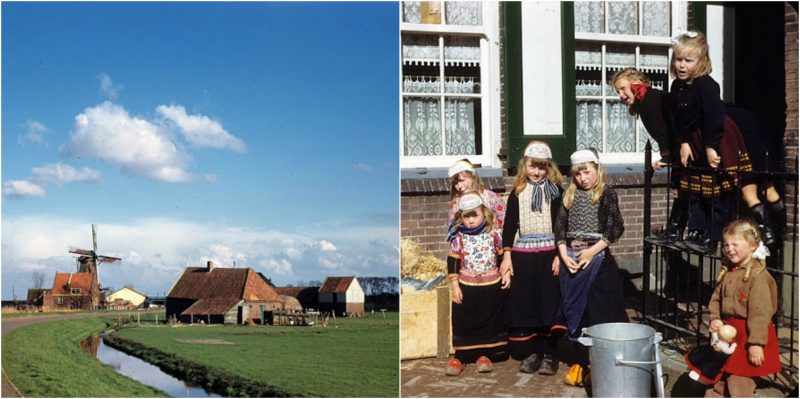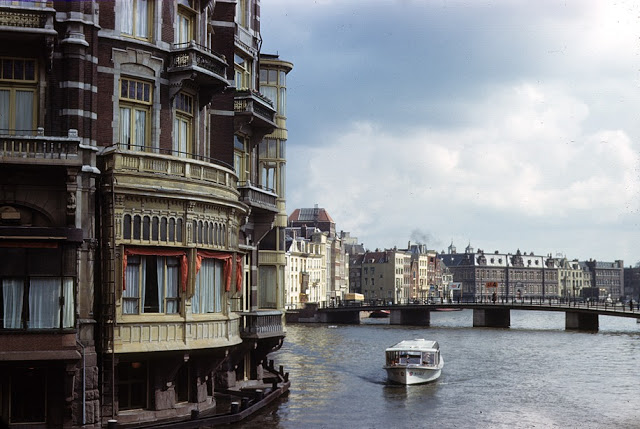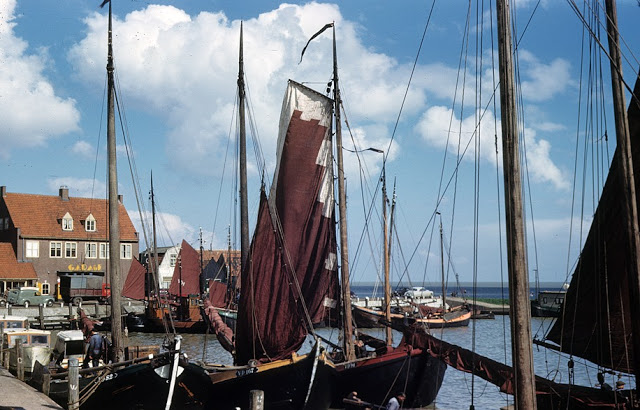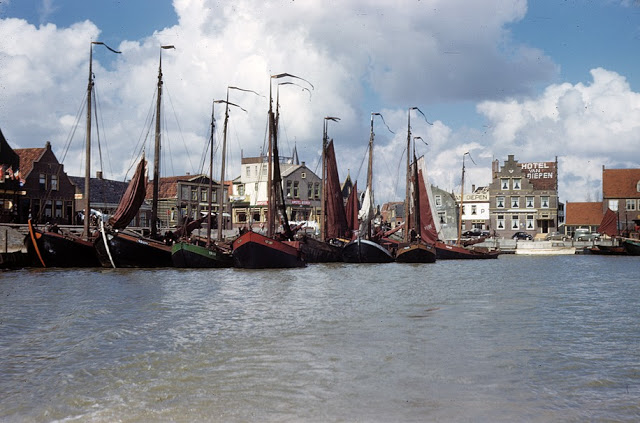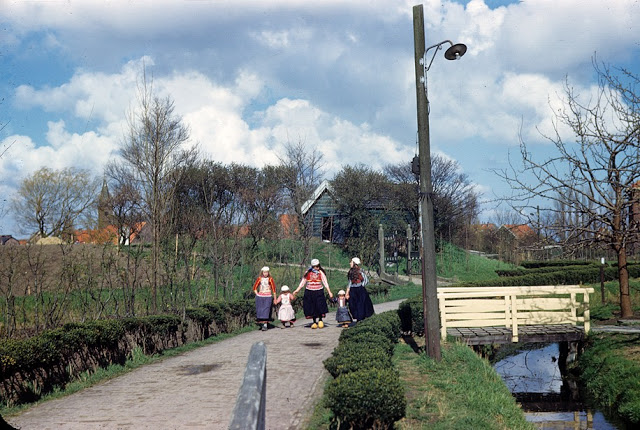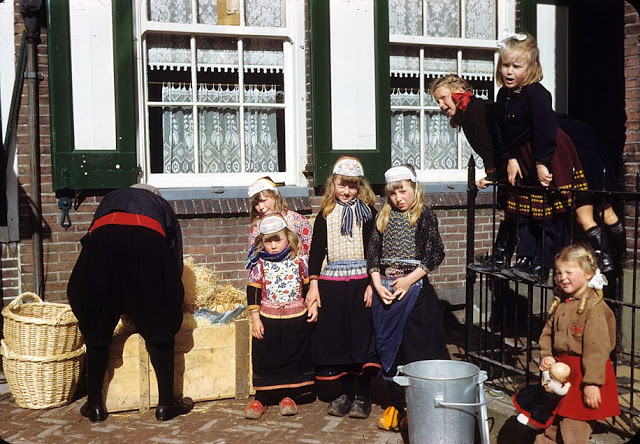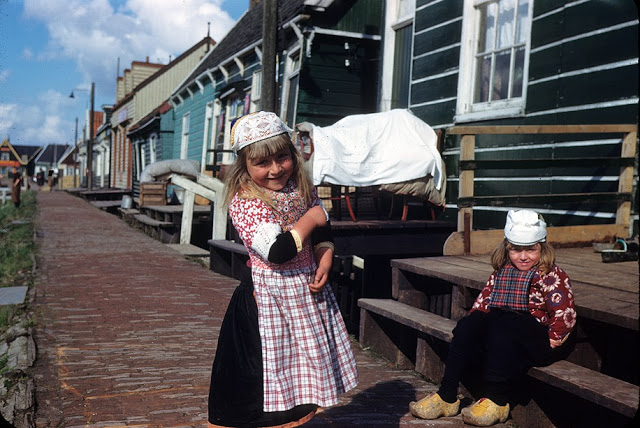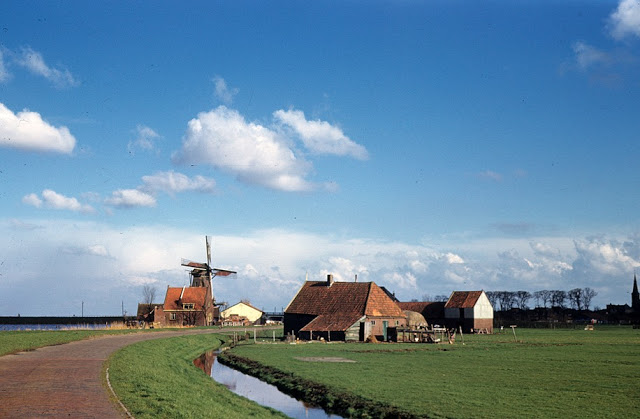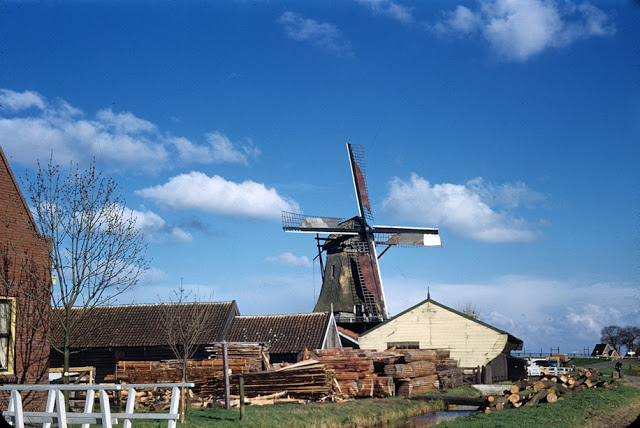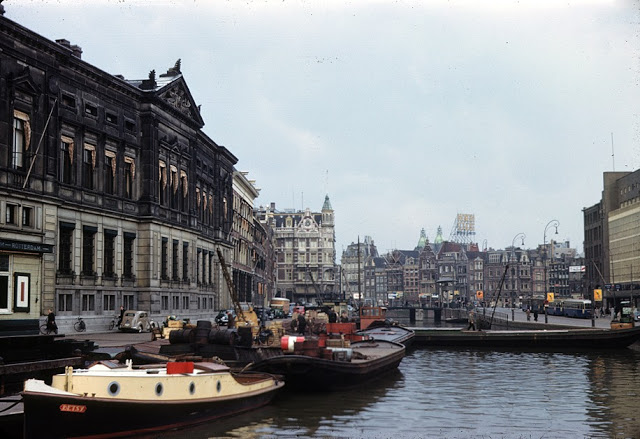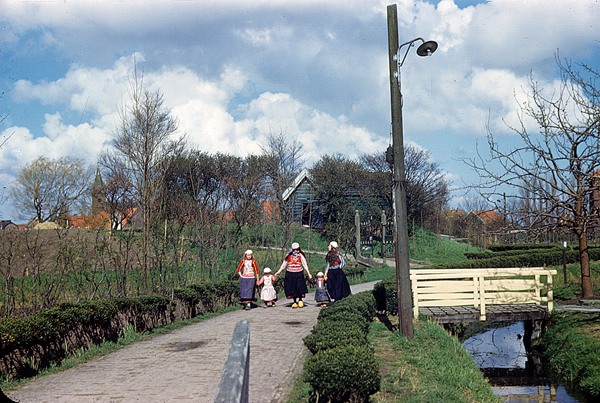The Netherlands was neutral during the First World War, but during the Second World War, it was invaded and occupied by Nazi Germany. The Nazis, including many collaborators, rounded up and killed almost all the Jews (most famously Anne Frank). When the Dutch resistance increased, the Nazis cut off food supplies to much of the country, causing severe starvation in 1944-45. In 1942, the Dutch East Indies was conquered by Japan, but first the Dutch destroyed the oil wells that Japan needed so badly. Indonesia proclaimed its independence in 1945.
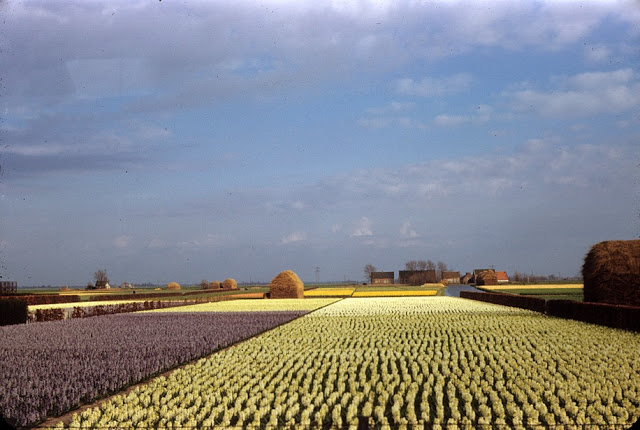
The post-war years were a time of hardship, shortages and natural disaster. This was followed by large-scale public works programmes, economic recovery, European integration and the gradual introduction of a welfare state.
Immediately after the war, there was rationing, including of cigarettes, textiles, washing powder and coffee. Even wooden shoes were rationed. There were severe housing shortages.In the 1950s, there was mass emigration, especially to Canada, Australia and New Zealand. Government-encouraged emigration efforts to reduce population density prompted some 500,000 Dutch people to leave the country after the war.The Netherlands failed to hold the Dutch East Indies, as Indonesia became independent and 300,000 Dutch inhabitants (and their Indonesian allies) left the islands.
Despite the problems, this was a time of optimism for many. A baby boom followed the war, as young Dutch couples started planning their families. They had lived through the hardships of depression and the hell of war. They wanted to start fresh and live better lives without the poverty, starvation, terror, and extreme frugality they knew so well. They had little taste for a strictly imposed rule-oriented traditional system with its rigid hierarchies, sharp pillarized boundaries and strictly orthodox religious doctrines. They made a best seller out of the translation of The Common Sense Book of Baby and Child Care (1946), by American pediatrician Benjamin Spock. His vision of family life as companionate, permissive, enjoyable and even fun took hold, and seemed the best way to achieve family happiness in a dawning age of freedom and prosperity.
Wages were kept low and the recovery of consumption to prewar levels was delayed to permit rapid rebuilding of the infrastructure. In the years after the war, unemployment fell and the economy grew at an astonishing pace, despite the high birth rate. The shattered infrastructure and destroyed cities were rebuilt. A key contribution to the recovery in the postwar Netherlands came from the Marshall Plan, which provided the country with funds, goods, raw materials and produce.
Postwar politics saw shifting coalition governments. The 1946 Parliamentary elections saw the Catholic People’s Party (KVP) come in first just ahead of the socialist Labour party (PvdA). Louis J. M. Beel formed a new coalition cabinet. The United States began Marshall Plan aid in 1948 that pumped cash into the economy, fostered modernization of business, and encouraged economic cooperation. The 1948 elections led to a new coalition led by Labor’s Willem Drees. He led four successive cabinets Drees I, Drees II, Drees III and Drees IV until late 1958.
The Dutch became internationally active again. Dutch corporations, particularly Royal Dutch Shell and Philips, became internationally prominent. Business people, scientists, engineers and artists from the Netherlands made important international contributions. For example, Dutch economists, especially Jan Tinbergen (1903–1994), Tjalling Koopmans (1910–1985) and Henri Theil (1924-2000), made major contributions to the mathematical and statistical methodology known as econometric.
All photos credit: Froot
